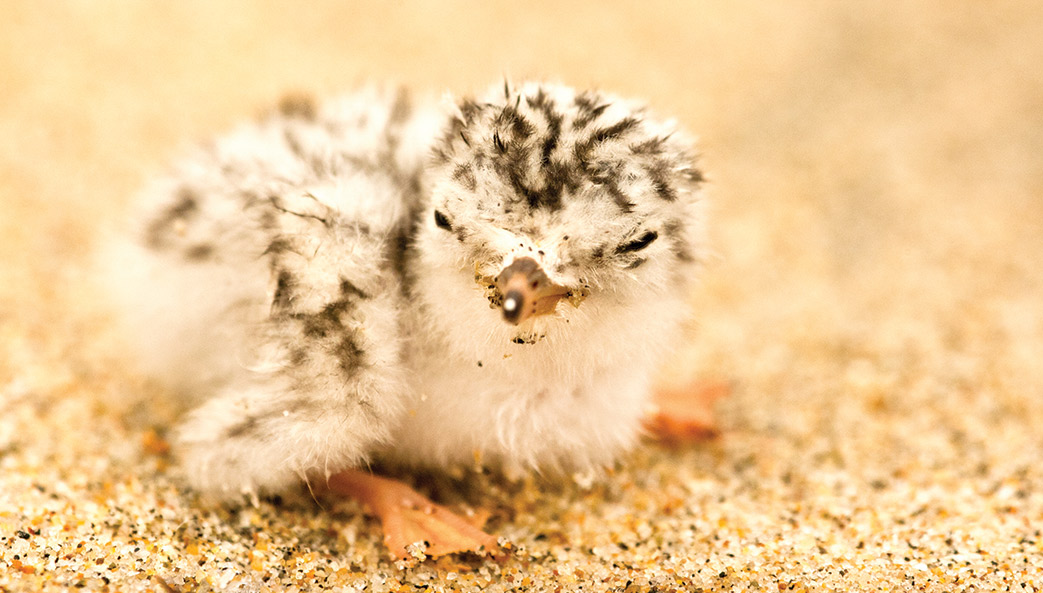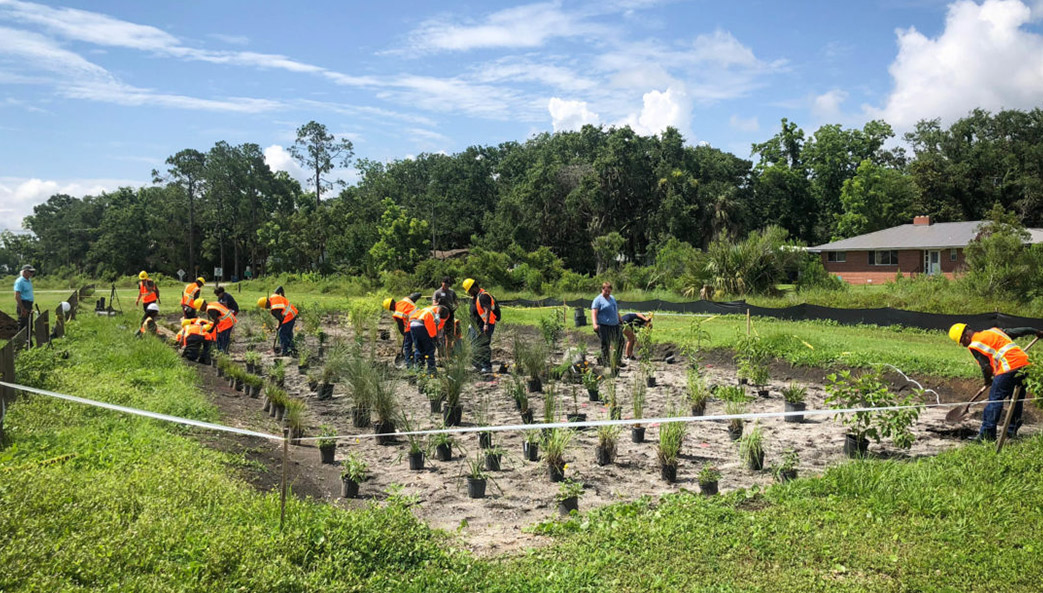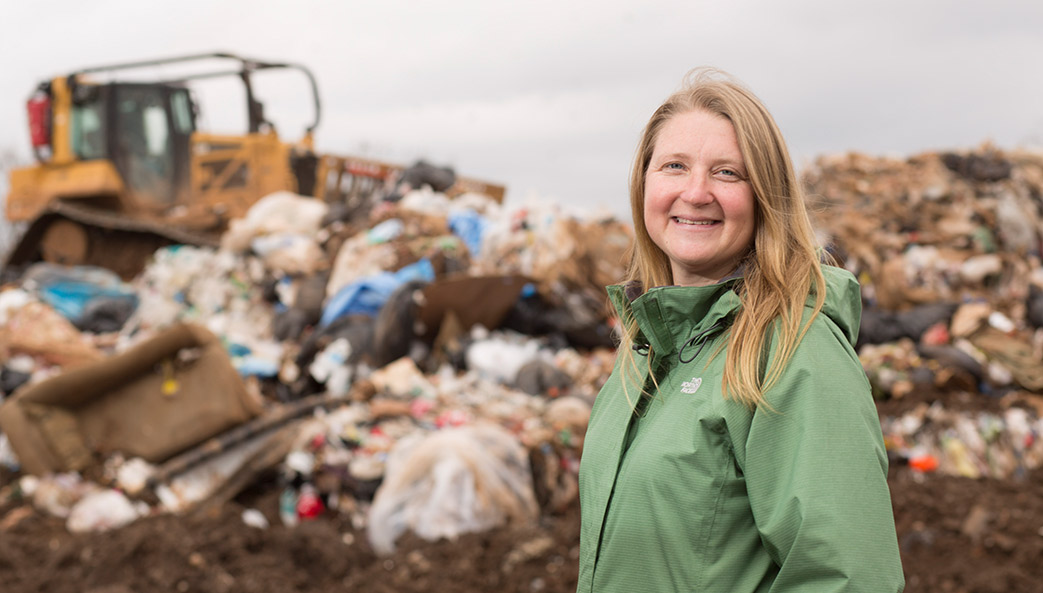A contaminant known as Aroclor 1268—composed of a suite of toxic chemical compounds that include polychlorinated biphenyls—has spread beyond the site of a former chemical plant near Brunswick, Ga., according to researchers at UGA’s Savannah River Ecology Laboratory.
Gary Mills, a biogeochemist at SREL and an adjunct associate professor of geology, used advanced analytical tools to detect the individual chemical components of Aroclor 1268 in egg and tissue samples of least terns, a species of short-range migratory seabirds.
Tissue samples taken from the local least terns contained enough Aroclor 1268 to cause a number of adverse effects, including lower egg production, physical abnormalities and immune-system disorders in their offspring.
The Aroclor 1268 was used to produce insulation materials at a Linden Chemical plant, now closed, which has been designated a Superfund site by the federal government. And “because its only use in the Southeast was at the Linden plant, we know this is the original source of the contaminant,” Mills said.
This is the first study to investigate the presence of Aroclor 1268 in fish-eating birds, said the study’s senior investigator Sonia M. Hernandez, associate professor at the Warnell School of Forestry and Natural Resources and a member of the Southeastern Cooperative Wildlife Disease Study.
The study sites ranged from 68 miles north of the Linden plant to Savannah to 43 miles south, near Kingsland and Cumberland Island.
Given their findings, the researchers are concerned about the population risk to the least tern and the potential transmission of the toxic materials to predator and scavenger species, Hernandez said.






